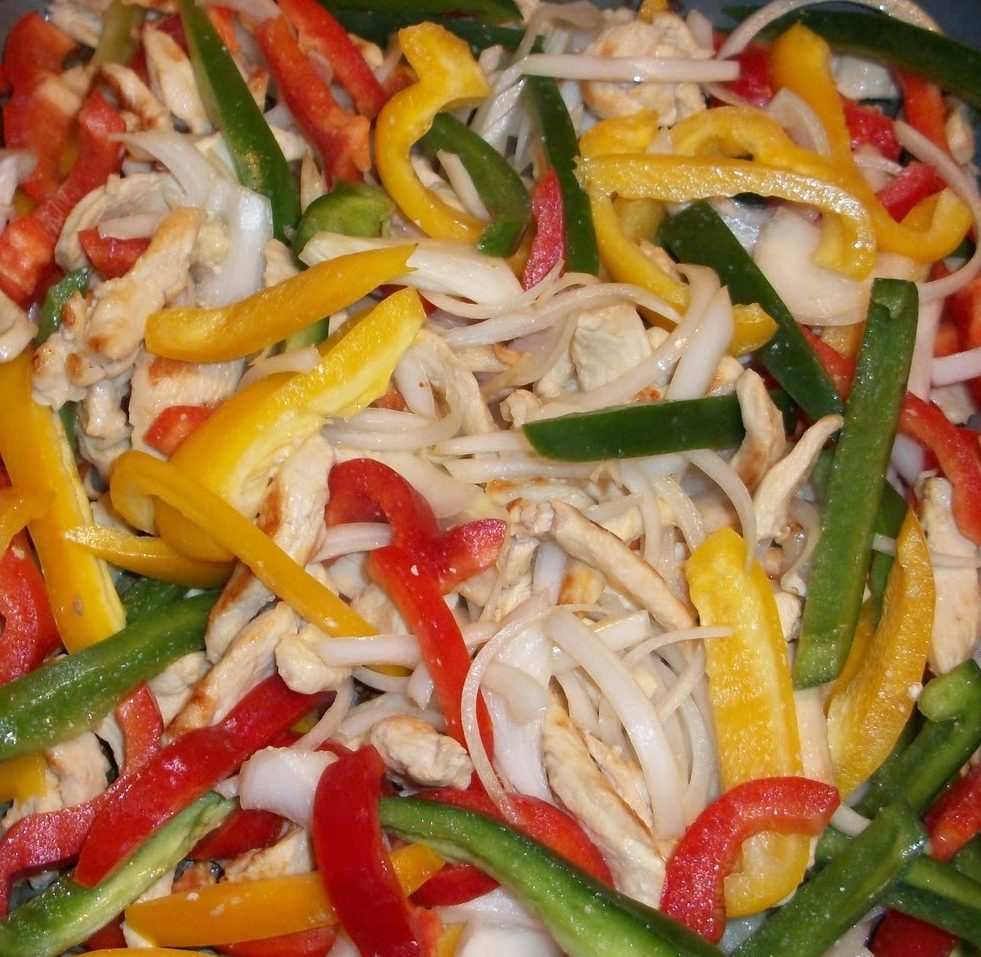Mexican cuisine, though Spanish in origin, have become so transformed with ethnic cooking methods and American culinary practices. Despite these transformations, the food recipes have continued to have a signature look and taste. Whether street or home food, Mexican recipes are routinely spicy and colorful.
The techniques and talents used in Mexican food have been evolved over thousands of years, making it a sophisticated and ancient cuisine. With some modern influences since then, it is mostly made with ingredients that are natural to Mexico and those that were brought over by the Spanish conquistadors.
Native ingredients include squashes, avocados, chocolate, and vanilla in addition to mainstays like corn and chili peppers. Other uncommon items utilized in other cuisines include edible flowers, vegetables like huauzontle and papaloquelite, and little criollo avocados, the skins of which are edible. Chocolate came from Mexico and the Aztecs loved it. It is still a crucial component in Mexican cuisine.
The use of vegetables is prevalent in Mexican cooking. Zucchini, cauliflower, corn, potatoes, spinach, Swiss chard, mushrooms, jitomate, and green tomatoes are examples of common vegetables. Huauzontle, nopal, huitlacoche, and chile pepper are among additional traditional vegetable ingredients.
The chili pepper is the other staple food found across Mexico today. Mexican cuisine is known for having a lot of spice, although there is a broad variety in flavors, and not all of the spices used in cooking are hot. In addition, many foods have delicate flavors. Native to Mexico, chiles have been used for thousands of years. Mexico uses the greatest diversity, and they’re used for their flavors as well as their heat.
In the majority of Mexico, especially in the countryside, most meals is eaten at home. Cooking for the family—which includes preparing food for special occasions—is typically seen as the responsibility of women. Traditionally, the ability to cook has been seen as a prerequisite for marriage, with housewives viewing it as their primary skill.The “comida,” which translates to “meal” in Spanish, is Mexico’s primary meal of the day.
The typical meal is as follows: “comida” between noon and 2 PM, which is typically the heaviest meal of the day, or supper; in some areas, “almuerzo,” which is around 11 AM and includes a “snack” and drink; the early morning meal, known as “desayuno,” consists of coffee/atole and a light meal. Sometimes it starts with soup, usually a “dry soup” made of rice or pasta flavored with vegetables, onions, or garlic, or a chicken broth with pasta.
The main dish consists of cooked meat served with salsa on the side and beans and tortillas; in some places, there’s also usually a fruit drink provided as well.
It is customary to have leftovers from the comida or sweet bread in the evening, along with coffee or chocolate. beef in broth, tacos, enchiladas, or beef with eggs are some options for breakfast. Usually, this is served with tortillas, beans, and juice or coffee.
Mexican street food today can include tacos, quesadillas, pambazos, tamales, huaraches, alambres, al pastor, and food not suitable to cook at home, including barbacoa, carnitas, and since many homes in Mexico do not make use of ovens, roasted chicken. One attraction of street food in Mexico is the satisfaction of hunger or craving without all the social and emotional connotation of eating at home, although longtime customers can have something of a friendship/familial relationship with a chosen vendor.
Tacos are the top-rated and most well-known street Mexican food. It is made up of meat or other fillings wrapped in a tortilla often served with cheese added. Vegetarian fillings include mushrooms, potatoes, rice, or beans.[
The best known of Mexico’s street foods is the taco, whose origin is based on the pre-Hispanic custom of picking up other foods with tortillas as utensils were not used. The origin of the word is in dispute, with some saying it is derived from Nahuatl and others from various Spanish phrases. It possible the term taco comes from the term tlaco or tlacatl, which means middle or half in nahuatl.
Tacos are not eaten as the main meal; they are generally eaten before midday or late in the evening. Just about any other foodstuff can be wrapped in a tortilla, and in Mexico, it varies from rice, to meat, to cream, to vegetables, to cheese, or simply to plain chilI peppers or fresh salsa. Preferred fillings vary from region to region, beef in the north, seafood along the coasts, and chicken and lamb in most of the country.
Another popular street food, especially in Mexico City and the surrounding area is the torta. It consists of a roll of some type, stuffed with several ingredients. This has its origins in the 19th century, which introduced a number of new kinds of bread. The torta began by splitting the roll and adding beans. Today, refried beans can still be found on many kinds of tortas. In Mexico City today, the most common roll used for tortas is called telera, a relatively flat roll with two splits on the upper surface.
In Puebla, the preferred bread is called a cemita, as is the sandwich. In both areas, the bread is stuffed with various fillings, especially if it is a hot sandwich, with beans, cream (mayonnaise is rare) and some kind of hot chile pepper.
